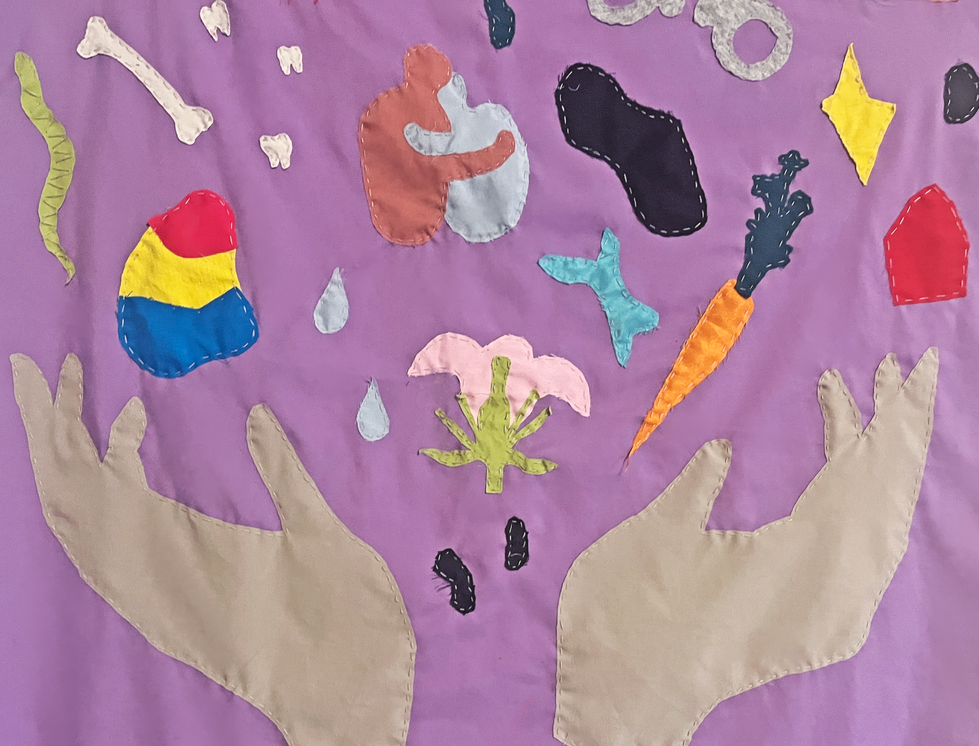Every Day is a Day at the Races when You're Mentally and Physically Ill
- Kamloops Art Gallery
465 Victoria Street - Tuesday to Saturday 10:00am to 5:00pm | Thursday 10:00am to 8:00pm
- FREE
- Visit event website
Through visual strategies that embrace humour and play, Adrian Romeo explores the human condition and reflects on her own mental and physical struggles. The central project in this new body of work is a wooden racetrack comprised of five sculptural wind-up toys that represent the artist’s personal foes: depression, fatigue, chronic pain, insomnia, and self-doubt. Using her art practice to process and expose her interior world, Romeo offers visitors a space of self-reflection through interaction with her work. The viewer is invited to choose a wind-up racer to race down the track. Accompanying each racer is a card providing insight into the mental and physical pain represented by each wind-up toy. This twisted competition of inner demons mirrors the battle that many people with physical and mental health challenges experience everyday.
Romeo’s accompanying series of hand-sewn textile wall works takes on the look of signage often found in crowds at sporting events. They serve as banners of encouragement that render shared challenges visible, offering support to the racers in overcoming their foes. While vulnerably addressing her personal struggles through her work, Romeo shifts the conventional approach to these topics by creating affirmative tongue-in-cheek slogans on the textiles, including: “I used to hate how big my hands are. Now I’m glad I can hold so much.” In sharing her own vulnerability, Romeo plays with wellness language and provides affirmations that offer a lightness and reframing of difficult subjects. The texts serve as conversation starters about shared experiences to let people know they are not alone.
The bright colours and playful nature of the wind-up toys and textiles contrast with the underlying darker feelings of emotional and physical pain and the ways that these are conventionally portrayed. Romeo’s approach reveals that sometimes a person’s rosy exterior may mask underlying challenges that can be difficult to talk about. The creative process of sewing, drawing, painting, and sculpting serves as a restorative process for the artist. She utilizes a sharp sense of humour and whimsy in her work to lighten the conversation and to create space for speaking openly about mental and physical health.
